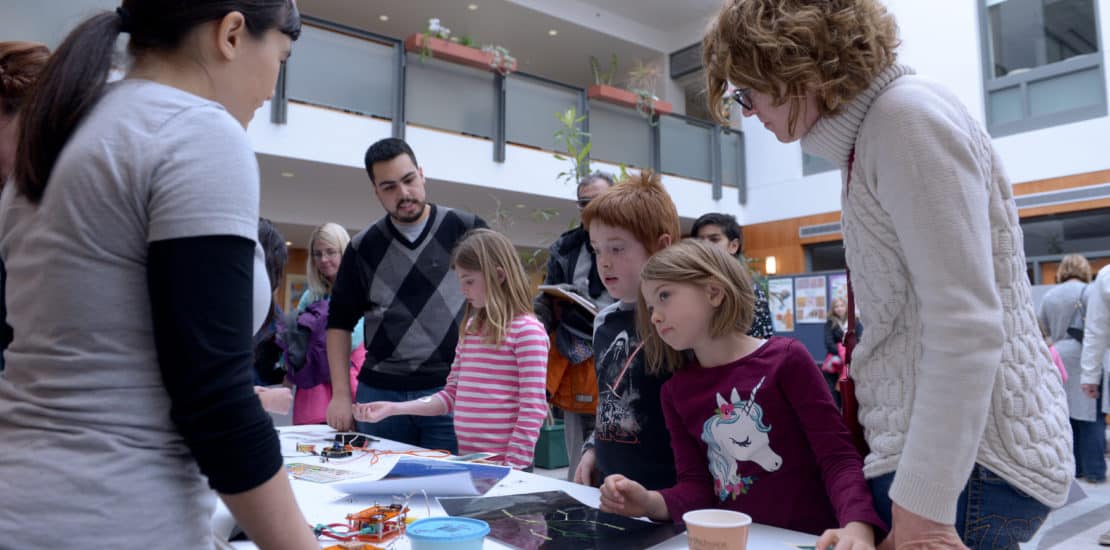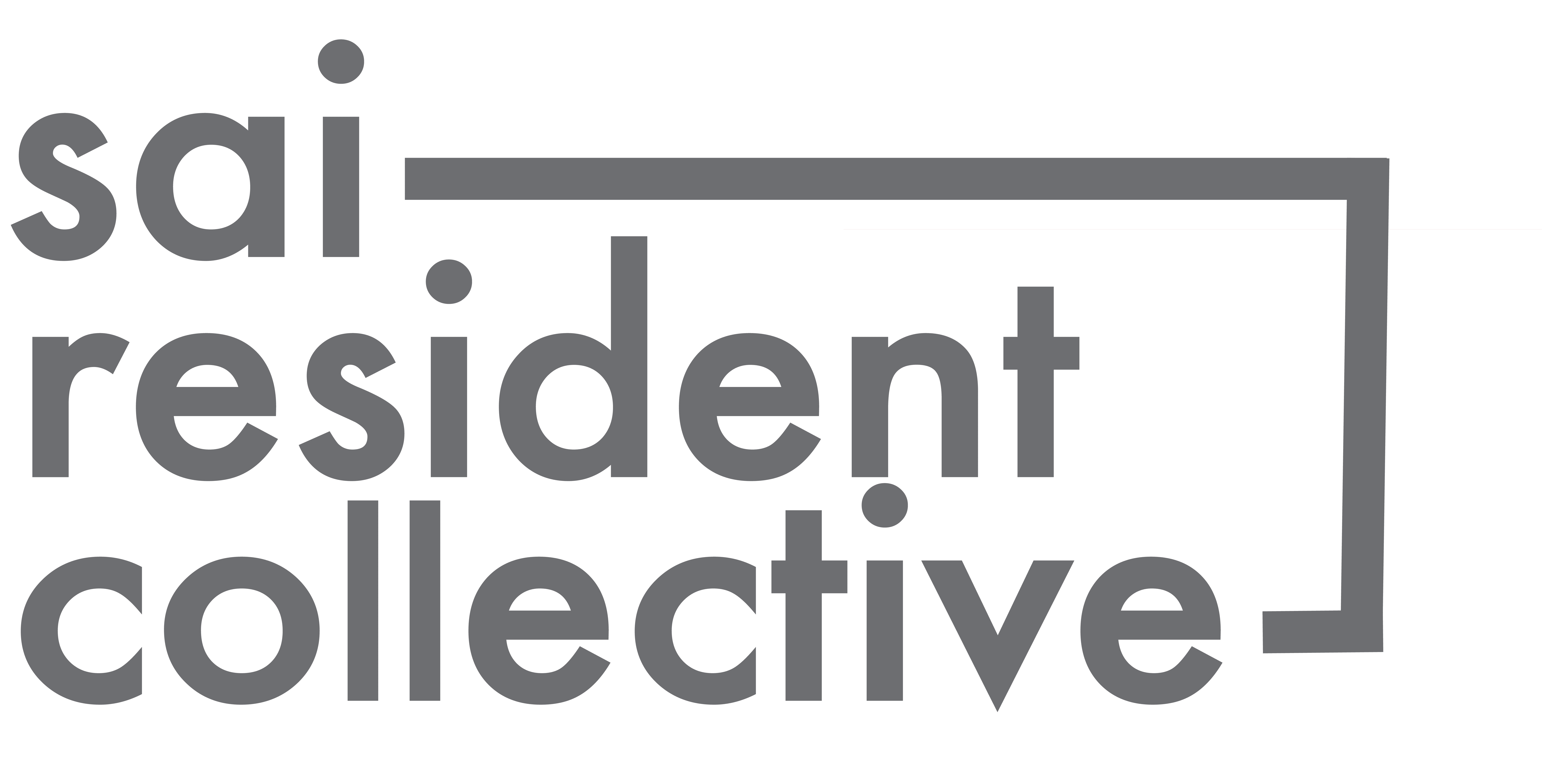- April 5, 2020
- Posted by: Team SAi
- Categories: Case Study, Research

Peter J. Vollbrecht who runs SAi’s Brain Explorers Program serves as the second author in this new paper titled “Developing outreach events that impact underrepresented students: Are we doing it right? published in the European Journal of Neuroscience.
Read it here: https://onlinelibrary.wiley.com/doi/full/10.1111/ejn.14719
Abstract
Many outreach programs share the common goals of serving underrepresented groups in STEM and improving public attitudes toward science. To meet these goals, scientists must find ways to both reach the appropriate audience and communicate the importance of science in meaningful and accessible ways. This requires careful consideration of the outreach method being used. Two common outreach methods include in-school visits (scientist in the classroom) and science fairs or open houses. Here, we compare the effectiveness of these two outreach methods in meeting the goals of reaching under-represented students and/or students with less initial interest in science. We have found that in-school visits reached more underrepresented students and that initial attitudes toward science scores were lower for in-school visit participants than for open house event participants. Importantly, positive attitudes toward science increased significantly after in-school outreach events. Taken together, these data suggest that outreach events that are taken out into the community will reach a less enthusiastic but more diverse audience and can have a positive impact on attitudes toward science within these populations. These studies highlight the importance of knowing the goals of your outreach program and choosing the method that is best suited to meeting those goals.
